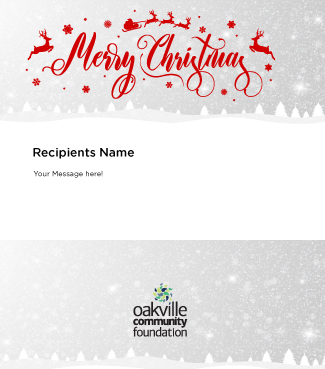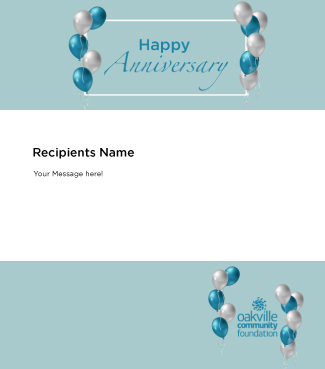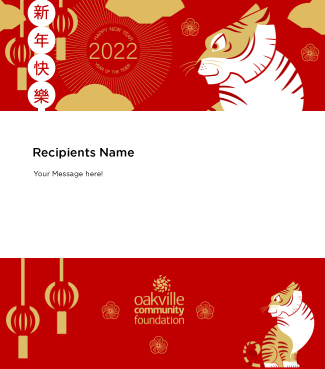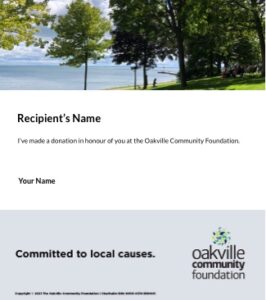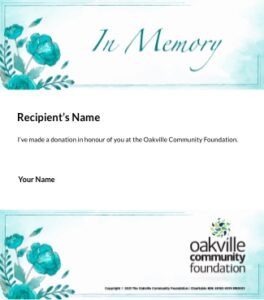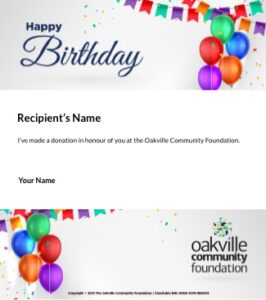What does the WE Charity scandal mean for the rest of us in the Charitable sector?
Although there is a lot of discussion about the potential backlash against the entire charitable sector from this scandal, I would point out the absence of other charity leaders rushing to the aid of WE Charity in these discussions. The silence has been deafening, which speaks to how peers viewed their activities. I worry that the lack of commentary regarding the anatomy of this scandal – the “how” this could have happened in our sector is contributing to the collateral damage.
With that in mind I am stepping into this void. While there are specific operational and governance issues at WE Charity that contributed to their integrity challenges, I think that there are broader issues that need examination.
In that vein, I want to share that I have no doubt that Free the Children which evolved to WE Charity began with good intentions. However there are a number of sector issues that I see directly impacting its journey, specifically: 1) When donor engagement becomes the charitable activity; 2) The hidden costs of charity overhead; and 3) What qualifies as a social enterprise?
When Donor Engagement becomes the Charitable Activity
As many colleagues and friends know, I referred to “Me to We” as “Me to Concert.” I saw it as a transactional relationship -if a youth did good deeds they would be rewarded with a ticket to a celebrity-filled concert. I did not see this as instilling “philanthropy”, but I was careful to check my criticism because the youth empowerment message was positive. I will also share that The Foundation’s Youth Philanthropy Initiative at Oakville high schools was in part a reaction to the local Me to We chapters’ focus on international development. Our Youth Philanthropy initiative is grounded in connecting students to their local neighbourhood and it’s needs.
WE’s youth empowerment message seems to have morphed into a “donor first” impact. The charity was focused on how many students participated in their local school chapters, contributed to fundraising and went on school building trips, not on the benefits or impact on the intended recipients (the students at these new international schools). WE’s youth engagement became the driver in order to attract the sponsors and government funding. With the focus on youth participation, the charity’s impact seems to have become secondary and evolved into “philanthropic tourism,” offering a concert ticket or a paid travel opportunity, with nominal impact on the intended recipients.
This is a broad issue for our sector – the challenge, and often demands, of donors to be meaningfully engaged in the charitable activities they support. If the focus is on the meaningful participation of the donor in the activity, what is the tipping point where the donor becomes more important than the client? The challenge of meaningfully engaging donors is a careful balancing act. How much do you include donors in solution-development and charity activities? What is appropriate in terms of the resources allocated to engaging donors? What are reasonable requests from donors; what are unreasonable? Corporations are known to put demands on charities for meaningful employee engagement activities. Donors should be aware that the time spent addressing their requests are resources not spent on helping people.
I don’t have answers to these questions but these are issues that need to be aired. If you have answers I would be happy to hear them.
The Hidden Costs of Charity Administration
In the past two decades, charity watchdogs in the US and Canada began to focus on charity administration to ensure that donations were addressing needs, not building fancy offices or padding executive expense accounts and salaries. The fewest dollars spent on charity overheads has been greeted as a virtuous state by many donors. In response to this unrealistic expectation, charities have tried to downplay their overhead costs by renaming them or aligning them to program expenses. Or in the case of WE Charity, create a shell game of multiple entities to hide overhead costs.
For some context on charity administrative overheads, charities are employers. Imagine Canada estimates that there are 2 million people employed in the sector which is largely within the social services sector. Stats Canada reports On average, about one-third of operating expenses in the service industry goes toward paying salaries and wages. The share is even higher in industries reliant on highly-trained employees. Charities employ many professionals like health care providers, counsellors, researchers, accountants, who need paid-income to support themselves and their families.
I am often asked – why can’t a charity rely on volunteers? I respond that I don’t think you want your donation to support an unqualified volunteer to lead an addiction, mental health or grief counselling session or support an Alzheimer patient for example. It could do more harm than good. Volunteers can be wonderful but they are also not a reliable workforce.
In addition to employing professionals, a number of charity activities have high overhead costs, specifically running a large “charitainment” event like WE Days. This expectation that charities can operate with significantly less overhead than comparable for-profit or government operations has had some unintended outcomes, like the operational complexity of the WE universe.
One of the main criticisms levelled at WE Charity and Me to WE is the multiplicity of organizations and structures involved in its operations. Free the Children which became WE Charity is the charitable arm. ME to WE is a private for-profit business that was created as a “social enterprise” to support the operations of WE Charity as described on its website.
WE Charity was an early champion of the less than 10% administrative overhead. Its website indicates that it “consistently exceeds industry standards” of being below 10% administrative costs. In response to its Question “How are you able to keep your administrative costs low?”
WE lists :
-
- We don’t hire high-priced fundraising consultants
- We do not pay for advertising space
- ME to WE provides significant in-kind support to WE Charity to directly reduce expenses
It then describes these in-kind services as motivational speakers for WE Days, travel for staff and free office space. So the overhead costs of the event entertainment, office overhead and staff travel are donated in-kind to the charity.
I can see how creating the separate for-profit, ME to WE could have seemed like a good idea. Uploading overhead costs to the for-profit business would seem like an effective remedy to reduce overheads. It appears that the original motive was for WE Charity to keep its overheads low with in-kind support from Me to WE. The website declares that $20 million in cash and in-kind support was transferred from the for-profit to the charity. However, Charity Intelligence reports that funds were flowing back and forth between the two organizations. WE Charity paid ME to WE $11 million over two decades.
Perhaps charities need to disclose in their CRA filing, called the T3010, whether another related organization provides any of its operating costs and if so how much.
The other oversight that may be required is the relationship between a charity and its for-profit business. The Charities Accounting Act in Ontario limits when a charity can hire a person or business “connected” to a board member to only situations when it is in the best interests of the charity. The Kielburgers were not board members but influential founders. So their Me to WE enterprise was not captured by this legal requirement. Maybe our legal community has thoughts in this regard?
Perhaps there are other disclosure remedies that readers may want to suggest?
What qualifies as a Social Enterprise?
ME to WE, the for-profit business is described as a “social enterprise”. My view is that ME to WE is not a social enterprise. It does not appear to have used its revenues exclusively to support positive social or environmental outcomes or charitable activities. My bet is if the ME to WE expenses are revealed, it will show its biggest expenditures as paying for WE Day celebrity fees and travel.
Being a social enterprise is not a partial undertaking. Unless your organization is “all in” using its profits to fund a charitable activity like Habitat for Humanity’s ReStores solely funding their operations or having an impact like Bestpac which employs the Community Living Oakville clients, it doesn’t deserve the title. So let’s stop calling it a social enterprise as we are mislabelling what is an important vehicle for meeting community needs.
So that is my view on a social enterprise, but what are the standards? Social enterprise seems to be on the basis of self-proclamation at the moment. I think that we need an accreditation or quality standard for social enterprises. About the closest thing I can think of is a Certified B Corp. But I don’t believe that it fits all scenarios. I would love to hear more ideas on this suggestion.
So I have stepped into the fray to help explain some of the likely drivers behind WE’s decisions, to fill the void so this doesn’t only become an issue of poor decisions by a few individuals, but rather what can happen when some fundamentals like engaging donors, realistic overheads and social enterprise standards are lost within the charitable sector.
Those are some of the issues that I have been thinking about. I am interested in hearing your reflections and maybe I will share this blog space with you.

